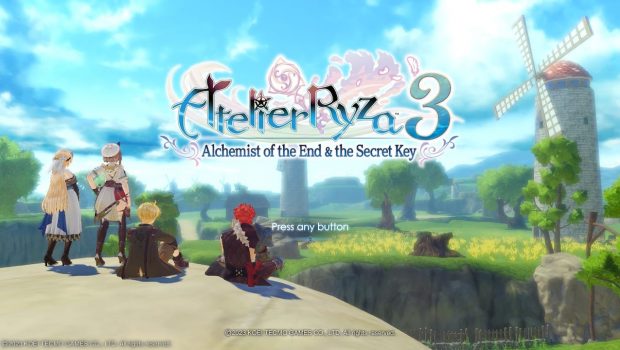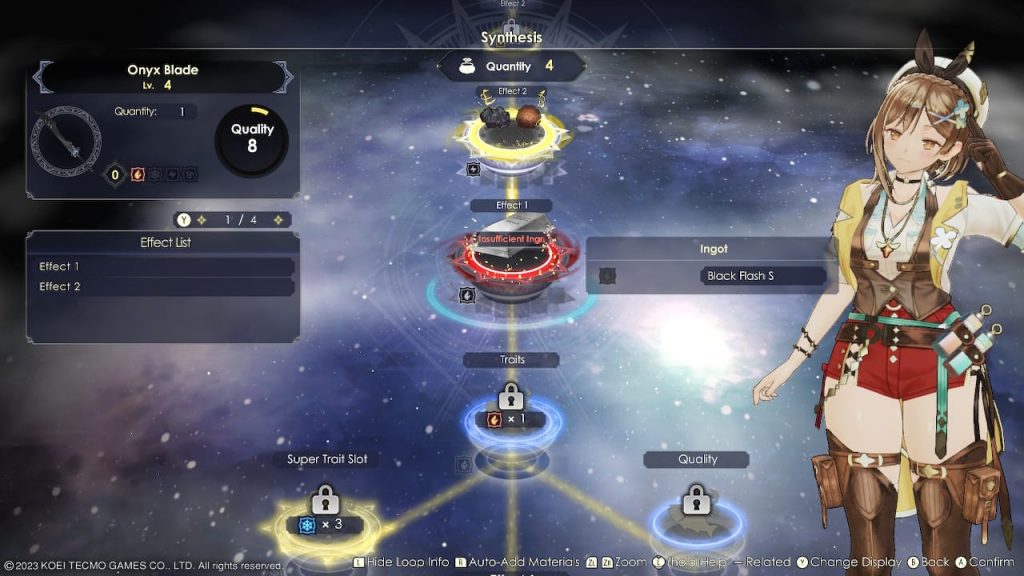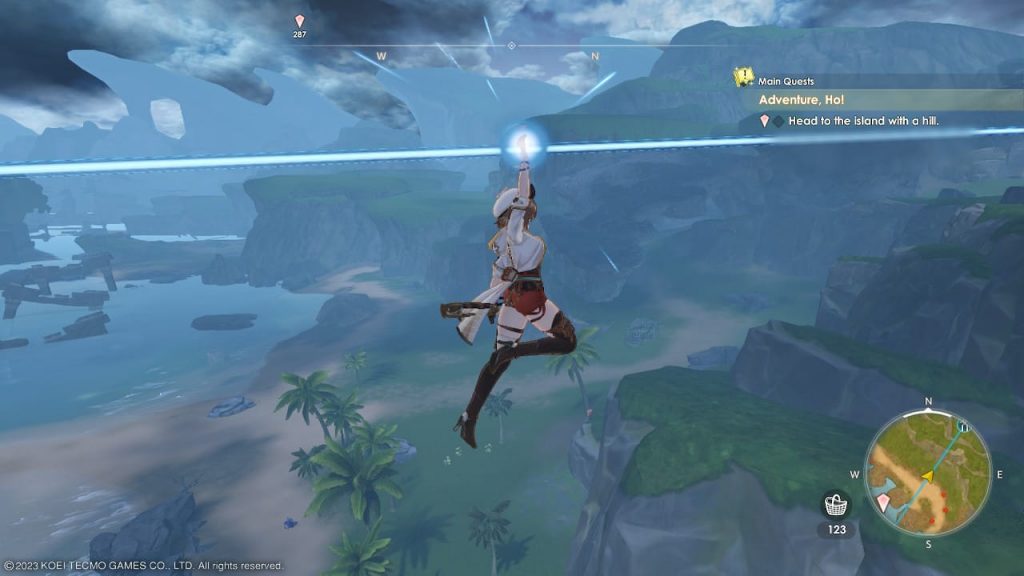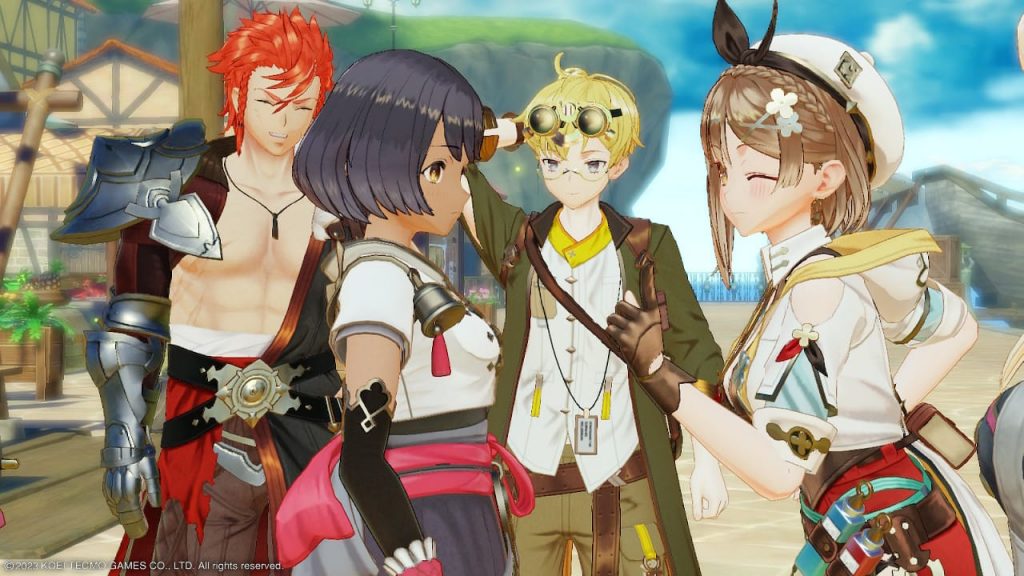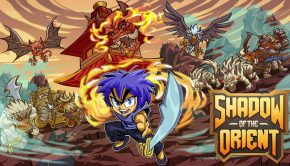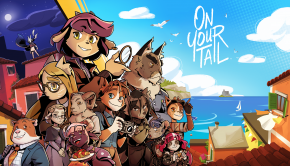Atelier Ryza 3: Alchemist of the End & the Secret Key Switch Review
Summary: Ryza’s third adventure heartily welcomes even newcomers to the series with its cozy characters and story, but its combat and crafting systems leave a lot up to the player to figure out and/or decide without giving sufficient guidance – for better and for worse.
3.9
Cozy
If there’s one series that shows the importance of appealing character design, it’s definitely the Atelier series. The franchise has actually been around for 26 years, but it was only after the recent Secret subseries of games that it saw a notable increase in popularity. And as an outsider looking in, the characters seemed to be the primary cause – I didn’t see much talk about the games themselves, but I sure as heck saw a lot of fanart depicting its heroes. The newest entry Atelier Ryza 3: Alchemist of the End & the Secret Key piqued my interest for this reason – is there depth beneath its pretty surface? And can it win over someone like me, who is playing the end of a trilogy first and has never even played an Atelier game to begin with? Let’s find out.
Atelier Ryza 3 puts you in the shoes of the titular Ryza, an honest alchemist who goes on another journey with her friends to investigate the sudden appearance of a group of islands close to their home. Her alchemy skills are at the core of this game, in both the story and the gameplay – every bit of progression the player makes ties back to it. With the materials findable everywhere you look on the overworld, you can do something called synthesizing – which is basically a fancy word for crafting. The items you create during this process can be anything, ranging from a weapon for your party member to a literal and figurative solution for a problem in the story. Making these items is one of the main ways you earn the “currency” (SP) used for the Skill Tree – where you can unlock even more things that will help you in the synthesizing process.
As you traverse the overworld looking for materials to synthesize, you’ll be running into monsters – and the basics of fighting them are simple enough to understand and have fun with. Battles take place in real time with some turn based elements: the amount of wait time between “turns” is based on a character/enemy’s speed, and using an item stops time completely. Doing normal attacks will give your party AP, and using one of your four more damaging skills costs AP. Skills can even be chained together in one “turn” (as long as you have enough AP for it) by pressing the corresponding buttons at the right time. Add a guard button that also requires good timing to use effectively, various ways to switch which party members you’re controlling, special moves that you can activate by performing certain skills among other things, and you’ve got yourself a pretty dynamic combat system.
As a newcomer to the world and characters of Atelier Ryza, its third installment greets me with open arms as soon as I’m on the title screen – there’s a prologue movie available in which our main character summarizes the events of her two previous adventures. Then while I’m acquainting myself with the game’s menu, I find an entire glossary of basically everything that is related to the world and/or plot – characters, places, terms, you name it – and I can even bring up these descriptions whenever one of those things is mentioned in the dialogue. Now there are definitely moments in the story that series veterans will find more impactful than me, but that is to be expected – those moments are still enjoyable on their own and I’m given enough context for most of them.
Despite being incredibly accommodating to newbies regarding its narrative, when it comes to its two main gameplay elements – synthesis and combat – the game sadly feels less welcoming. Topics related to these two things are either explained once and then that information cannot be found anywhere anymore (a strange decision considering a lot of its other tutorials are re-readable), or they’re just not even explained at all. Atelier Ryza 3 reminds me of Xenoblade Chronicles 2 in that aspect – I can see that its gameplay systems are actually cool and intricate, but the game mostly fails to adequately explain them. Furthermore, the number of boss battles – and thus moments where your combat skills are truly tested – can be counted on a mere two hands. So even after fighting the final one after around 60 hours of playing, I still didn’t feel like I was actually good at combat – because the game never gave me enough of an incentive to get good at it.
What is partly to blame for this is the lack of information on when it is the appropriate time to synthesize what, other than the few times that you’re required to make an item for one bit of story advancement that also has gameplay purposes. As said earlier, in order to make progress regarding nearly anything in this game – whether that be combat, quests or story – you will need materials (and lots of them), but obtaining the one missing material you want or need is like finding a needle in a haystack most of the time. I wouldn’t mind this too much if it wasn’t for the fact that not only are there multiple haystacks – sometimes you don’t know if the needle is even in one of them to begin with. Atelier Ryza 3’s skill tree and crafting system certainly give players tons of options in how they want to approach the game, and I’m all for that – but I think it becomes a problem when there’s not enough guidance to make informed decisions on said options, especially when there are so many.
I may have mixed thoughts on the gameplay, but luckily Atelier Ryza 3 has enough other qualities that kept me playing. The most prominent of which being the characters – they, and also just the story in general, have a very wholesome and cozy vibe that I can’t help but enjoy a lot. It’s by and large not an especially high-stakes adventure, but it really doesn’t need to be. The game features a group of people in which most of them are already acquainted with each other, which is a very unique and interesting group dynamic not seen in a lot of other RPGs. The characters are fun to watch because they’re already friends – it makes all of their interactions feel way more natural and genuine. Despite having a total of 11 party members, the amount of screen time they each get is impressively well balanced – in large part thanks to the numerous character quests, which are optional conversations between characters that take place in specific spots on the overworld.
What also helps in making the heroes more lovable are their character models – they are remarkably lively and expressive, and even scenes in which they’re simply talking to each other never feel static. The rest of the game’s visuals are quite aesthetically pleasing as well, and that’s while having turned on the option in the menu that favors performance over them. Lastly, the music is decent overall, but not spectacular. There’s only a couple of tracks that really stand out, with the atelier theme being among them – and that’s a good thing too, because you’ll probably be hearing that one the most.
Final Thoughts
Atelier Ryza 3 certainly does have depth below its pretty surface – having said that, it is unfortunate that you’ll be diving into that depth without adequate assistance on the gameplay side of things. It’s funny how in some way, playing the game actually brought me right back to my uneducated thoughts about the series before experiencing it – the characters and aesthetics really are the best parts, or at least the easiest parts to like. For better and for worse, the backbone of the Atelier Ryza 3 experience is its complex crafting system – so if that sounds appealing, I think you’ll have a good time with the game. Even when taking that away though, it’s still a pretty decent JRPG with fun characters, a beautiful overworld to traverse and a good amount of content to keep you busy.


